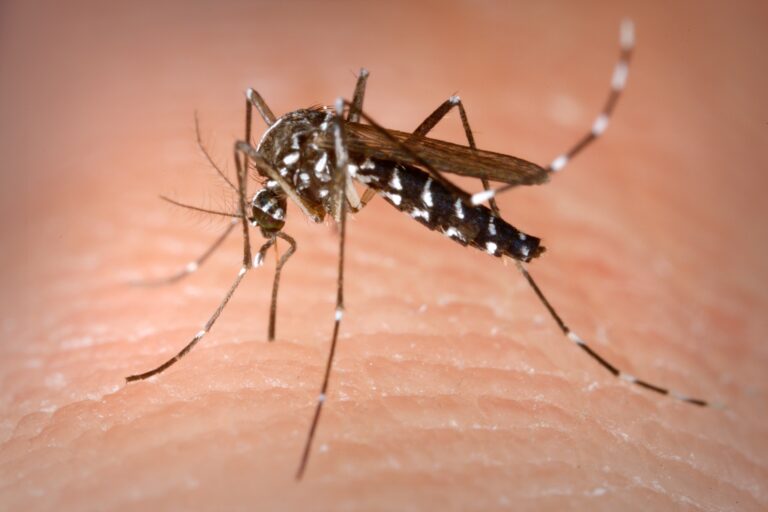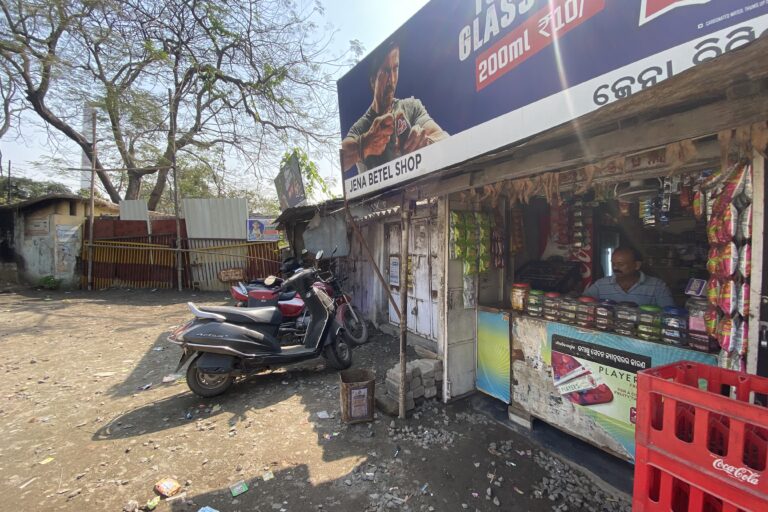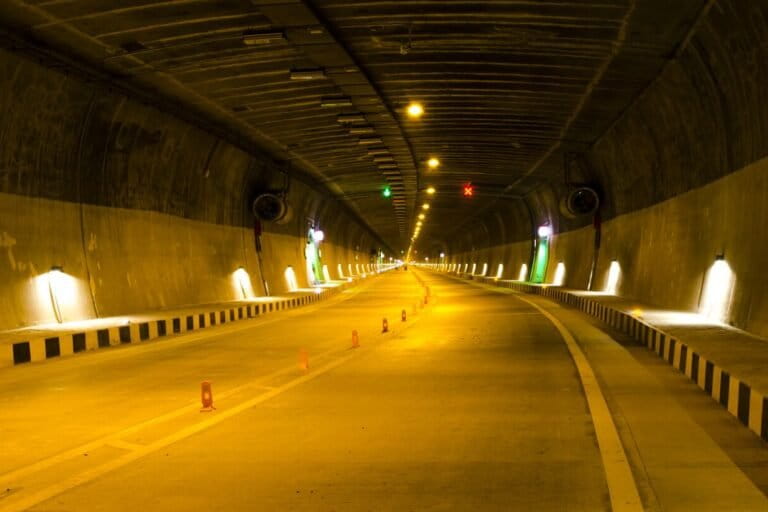- On July 30, 2024, a massive landslide struck the Vellarimala hill ranges in Wayanad district, Kerala, causing fatalities and widespread destruction.
- Heavy rainfall triggered the landslide. Deforestation, land-use changes, improper drainage, and past landslides are contributing factors. Human activities like agriculture, construction, and quarrying have made the landscape more susceptible.
- Implementing site-specific land-use policies, managing natural drainage, and setting up local landslide early warning systems (LEWs), public awareness, community involvement, and advanced techniques like seismic noise imaging are crucial for understanding and mitigating landslide risks.
- The views in the commentary are that of the author.
It was like any other day in a rainy season. The people of Vellarimala hill ranges in the Western Ghats of Wayanad district of Kerala had little inkling of what was in store when they went to sleep on the night of July 29. They didn’t realise that the land under their feet was slowly beginning to shift. The ground finally slipped in its entirety in the early hours of July 30, which turned out to be the biggest landslip disaster in the history of Kerala.
The twin landslides – the initial slip at around 1 am and a more devastating one with gushing muddy water and massive boulders around 4 am wiped out the Mundakkai and Chooralmala settlements of Meppadi panchayat, killing more than 360 people at the time of writing and many missing, leaving a trail of destruction and transforming a green rolling hilly landscape into a valley of death and mayhem.

A landslip or landslide can be defined as the movement of rock, earth, or debris down a sloped section of land, caused generally by rain, although earthquakes and volcanoes can also trigger them. Landslides are also described as a type of mass wasting. The Mundakkai landslide disaster is the worst in Kerala’s modern history. The region experienced torrential rains of as much as 572 millimetres in about 48 hours before the event.
Landslides have become a common phenomenon in India’s southwest state of Kerala during the monsoon season. Some of them turn out to be massive and consequently disastrous, like the one that occurred in Mundakkai on July 30.
The satellite imagery released by the Indian Space Research Organisation (ISRO)’s National Remote Sensing Centre (NRSC) on August 1 indicates that about 86000 square metres of land have moved down the hill. The run-out zone stretches about eight km from the crown zone of the hills along the course of Iruvanjipuzha, a major tributary of the Chaliyar river that flows close to the impacted area. The pre-event images captured by the Cartosat 3 satellite on May 22, 2023, reveal the crown zone impacted by an older landslide. The post-event images were captured by the RISAT satellite a day after the landslip on July 31. The RISAT satellite is a radar imaging reconnaissance satellite built by the ISRO.
Previous studies in the area
An expert committee constituted by the Kerala government visited many sites in Wayanad and submitted a report in 2009. The report identified many factors that trigger landslides in the region.
The expert committee also visited sites in the Meppadi panchayat in Wayanad (from where the recent landslide disaster was reported) and found that proper drains were lacking for the movement of the stormwater. They cautioned that the area receives very high rainfall and that all the rainwater is filtered into the soil, which can cause piping (subsurface soil erosion), leading to rotational-type slide movement. The report reveals a previous landslide at Mundakkai, the site of the current disaster, in 1984 that claimed 14 lives and destroyed some agricultural land.
The satellite imagery released by the NRSC, mentioned earlier, also identifies the lobe of an old landslide. This imagery is convincing of the fact that the headwater region of the river has been the site of landslides in the past.

The location of the landslide in Mundakkai and Chooralmala was about 2-3 km from Puthumala, where a similar type of mass wasting had occurred on August 29, 2019, and killed 17 people. The post-landslide studies conducted by a group of researchers from the Central Coastal Agricultural Research Institute, Goa, published in 2020, indicated that the Puthumala event started as one of those smaller landslides deep inside the forest. It gained momentum in the lower reaches of the hill, where the soil structure was fragile and over-saturated with rainwater. It turned into a massive slide filled with rocks and mud, bringing down a part of the hill.
The way the landslide unfolded in Mundakkai on July 30, 2024, somewhat mimics its predecessor, the 2019 Puthumala event. While the high-intensity rainfall was the major trigger that acted as a tipping point in both these events, the Mundakkai event, which started as a minor event, picked up momentum and became a major disaster.
Factors causing landslides in Kerala
According to the researchers at the Department of Civil Engineering and Yardi School of Artificial Intelligence at the Indian Institute of Technology-Delhi, who developed the India Landslide Susceptibility Map (ILSM), 4.75% of India is very highly susceptible to landslides. Among the Indian states outside of the Himalayan region, Kerala is the most vulnerable to landslides. According to the landslide susceptibility map of Kerala, an area of 3300 and 2886 Sq. km. is highly and moderately susceptible to landslides, respectively.
The changed climatic factors, like the intensification of short-duration heavy rainfall with increased atmospheric moisture, are dominant triggers for heavy landslides in Kerala. In addition to the intensity of precipitation, various hydraulic and mechanical properties of the topsoil can influence the occurrence or non-occurrence of a landslide. Studies indicate that the slope angle, shear strength of the soil (that depends on the grain size distribution and particle interlocking), and initial pore-water conditions have the greatest impact on slope safety. External forcings can perturb the natural factors and their impacts are generally determined by the scale of human activities brought about by land utilisation, construction, and agricultural activities. They affect the landscape, soil structure, and natural drainage, leading to slope instability and hydrologic properties such as surface runoff and infiltration.
One alternate view is that the recent Mundakkai landslide occurred inside a dense forest, and therefore, it was naturally formed with no contribution from anthropogenic activities. But the question here is why the smaller landslips at the top transformed into massive mass wasting at the lower levels of the slope along its flow path. This transformation could have happened because the water-carrying capacity of the soil at the lower levels deteriorated over the past several decades because of anthropogenic activities. This could be one possible reason why the 1984 landslide in Mundakkai did not spiral into a major one, as the integrity of the soil in that area was relatively better at that time.

Among the anthropogenic factors that affect the landscape, deforestation and alterations to the natural vegetation to prepare farmlands are critical. These activities to clear the land for cash crops like tea, rubber, coffee, and cardamom started during British rule. Over more than two centuries, these activities have gradually changed the soil and hydrological conditions in many parts of Wayanad, impacting the pattern of groundwater discharge. While the large trees were removed, their root systems remained buried. Over long periods, they have decayed, leaving large cavities, some of which are interconnected and act as fast subterranean flowage channels, causing soil piping and ground collapse. The lack of adequate measures to protect the soil profile adds to this problem. For example, in the absence of stubble mulching, which the local farmers do not practise, the soil gradually depletes in its organic content, facilitating faster hydraulic conductivity and rapid transport of subterranean water. Any fresh plantation activities also alter the infiltration and the water-bearing capacity of the underlying soil layers. First, there is tilling and loosening of topsoil. Then, there are arrangements for irrigation.
Take the case of rubber tree re-plantation, wherein mature trees are slaughtered after their lifespan and fresh saplings are planted. Both tilling of the land and irrigation are required, which are usually done by making rainwater pits. It is a common practice to use heavy machinery for these activities, which not only disturbs the soil structure but also increases infiltration and reduces surface runoff. Over time, the excessive infiltration facilitated by the water pits tends to weaken the contact of the overlying soil layer with the bedrock, triggering movements. Usually, this contact is marked by a layer of clay, which facilitates movement under wet conditions. Construction of poorly rubble masonry walls, houses, or other structures also obstructs the low-order drainage and restricts the natural surface runoff. Therefore, experts have recommended strict land use policies to avoid such pitfalls. Excessive quarrying also has a significant impact on the landscape, affecting the natural hydrological conditions. Quarrying removes topsoil, which is essential for sustaining the vegetation. The effects of using explosives and machinery such as backhoes to transport the material have adverse effects on the landscape. These activities create fresh fractures and open up older ones, altering the movement of water. They eventually destabilise the ground, leading to increased soil erosion, which leads to the overall instability of the hill slopes. Although recognised to have many adverse effects, the impacts of quarrying are not well-documented, and they need to be studied in detail in the context of landslide hazards.
Mitigating risks
The frequency and individual sizes of landslides can be reduced by following site-specific and scientific utilisation of land considering the carrying capacity of hilly terrains. Natural drainage management should also be a priority. It is important to collect historical and geological data on the previous landslides, if any, from the vulnerable regions. In hindsight, the information on the 1984 Mundakkai and the 2019 Puthumala landslides, which occurred near Mundakkai, should have been appropriately used to model the landslide vulnerability of the region. This should have helped to understand the possible scale of a future incident and caution the public. In such a scenario, the pre-identified slopes could have been treated as sites to establish local landslide early warning systems (LEWs) to monitor the slope movement. It is also imperative to collect site-specific data on the varying thicknesses of the soil profile and understand its compositional and water percolation properties. A more intense network of rain gauges and arrangements to monitor surface runoff and infiltration could help in monitoring the surface and groundwater movements. If such experiments are successful, they would help to establish the threshold relationship between slope properties and the likelihood of a landslide. Seismic noise imaging is another useful technique to estimate the thickness and water-bearing capacity of the underlying soil layers and their vulnerability to sliding. In the Idukki region of Kerala, where rains have selectively triggered landslides in 2018, hill slopes with shallower soil profiles were found to be more prone to sliding. In contrast, regions with thicker soil profiles seemed stable. Such techniques that correlate subsurface conditions with incidences of landslides help to make an inventory of triggering conditions.
Creating public awareness is an important factor in risk reduction. High-resolution maps depicting landslide vulnerability should be brought to the attention of residents. It is also important to involve community groups in the discussions on risk reduction, capacity building, and disaster resilience. An exemplary example of community participation in the forecast efforts originated near Mundakkai, the site of the current landslide disaster. The investigators at the Hume Centre for Ecology and Wildlife Biology at Kalpetta, Wayanad, were able to issue a warning to the district authorities regarding the landslide about 16 hours before the event. They used the measure of rainfall from their rain gauge established in Puthumala, not far from Mundakkai. They found that the rainfall was about 572 mm, more than what was measured when the landslide occurred at Puthumala in 2019. The warning, however, was not taken seriously by the district authorities. An effective approach to disaster mitigation efforts involves fostering the participation and empowerment of community members. The Wayanad disaster should mark the beginning of a new learning curve.
The author is an adjunct professor at the National Institute of Advanced Studies, Bengaluru, and the director of the Consortium for Sustainable Development, Connecticut, U.S.A.
Banner image: Rescue efforts underway in Wayanad. Image by Public Relations Department Government of Kerala.













